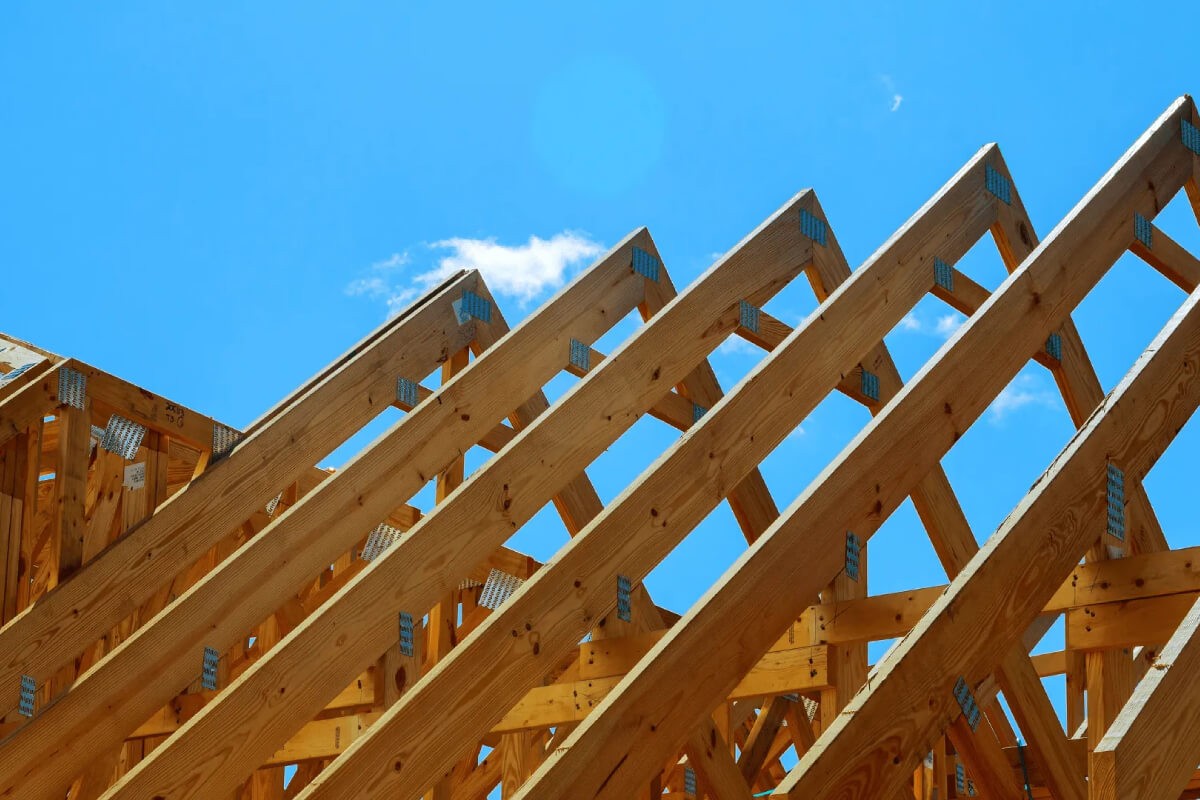All major shingle manufacturers VOID their warranties if their shingles are installed over improperly ventilated attics. To avoid this, talk to your sales representative at Bordner about the proper amount of roof ventilation. Attics that are vented improperly allow heat and moisture to remain trapped in the attic and create potential problems like wood rot, mildew and deterioration to the home’s structure. A proper roof ventilation system consists of both intake and exhaust.
Attic/Rafter Ventilation
- The purpose of attic/rafter ventilation is to reduce or eliminate heat build-up, and reduce or eliminate water vapor that can condense in the ventilation spaces.
- “Net free” ventilation space, measured in square inches, are open to unrestricted airflow.
- Achieving rafter ventilation can be difficult or impossible for existing buildings; however, every attempt should be made to design and install an adequate ventilation system.
- Attic/rafter ventilation costs can be significant for some existing buildings.
Condensation
- Definitions:
- Condensation: when water vapor cools and becomes a liquid.
- Dew Point Temperature: the temperature at which water vapor cools and becomes a liquid.
- Water vapor condensation inside buildings often leads to damage and deterioration.
- Condensation can occur when there is high interior humidity and the temperature of interior building components is at or below the dew point temperature.
- Sources of high humidity include humidifiers, hot tubs, swimming pools, and crawl spaces.
- Condensation can be eliminated by one, or a combination, of the following:
- Reduce or eliminate the source of moisture.
- Raise the temperature of interior building surfaces above the dew point temperature.
- Proper ventilation.
General Recommendations
- Provide ventilation wherever needed and feasible.
- Calculate the required “net free” ventilation space to determine the additional ventilation space needed.






